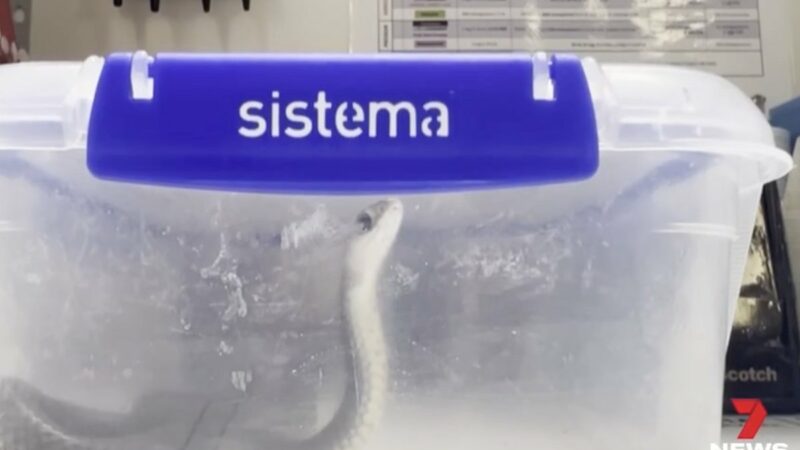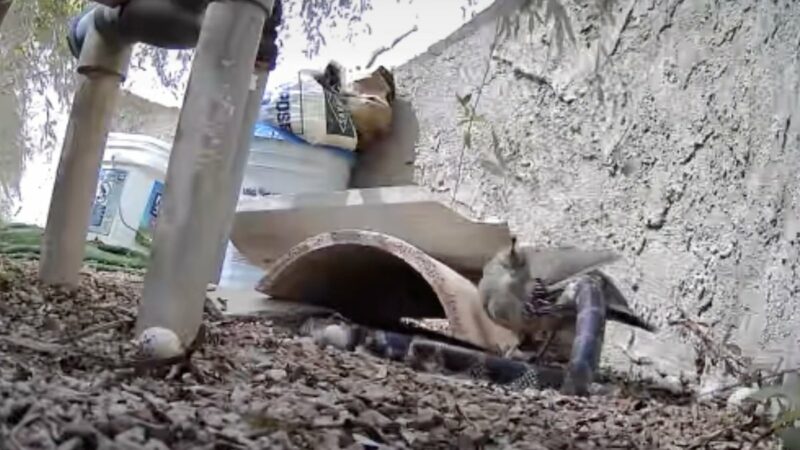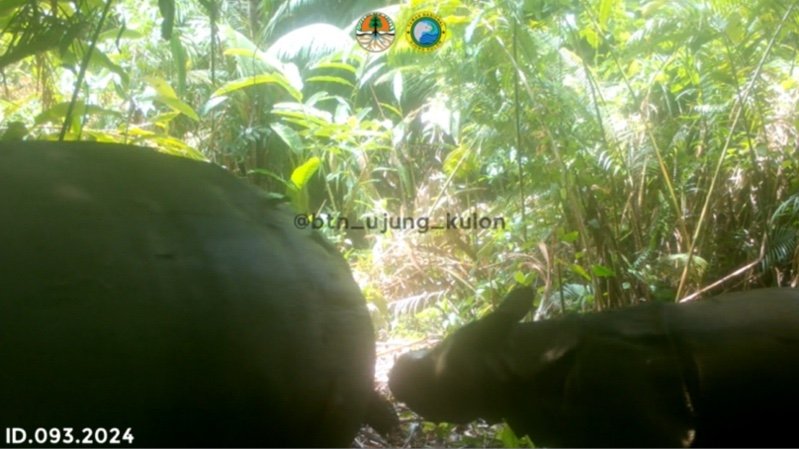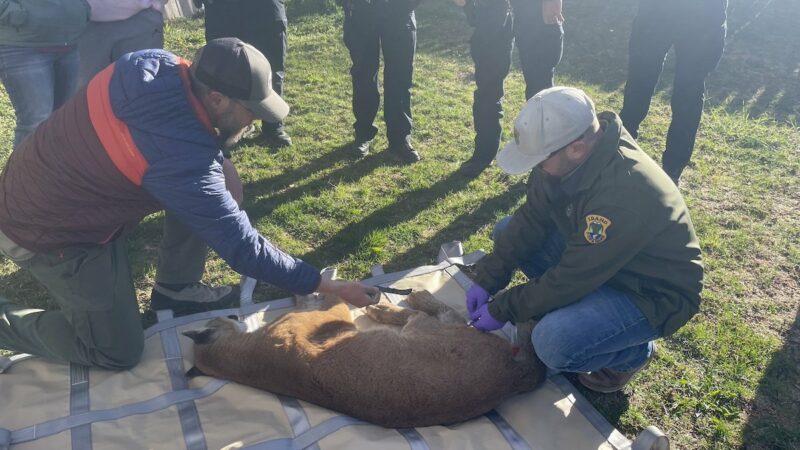VIDEO: Meet the Endangered Red Wolf Pups Born at Great Plains Zoo
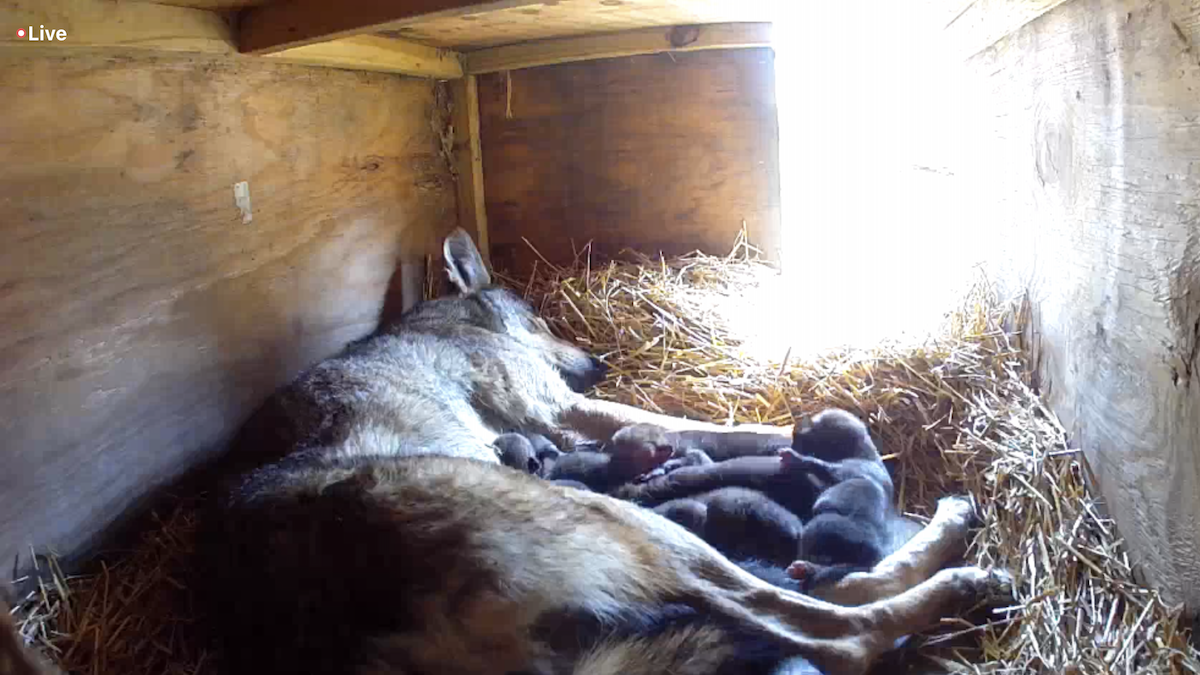
The Great Plains Zoo in Sioux Falls, South Dakota welcomed six red wolf pups, two females and four males, earlier this month. Zoo officials announced that two of their mature red wolves became first-time parents on May 4, 2023.
Great Plains Zoo: A Focus on Conservation
As a part of the Association of Zoos and Aquariums, the Great Plains Zoo works tirelessly to rehabilitate and preserve species like the black rhino, snow leopard, and red wolf. The conservation team has made a notable impact on the preservation of red wolves; there are only an estimated two dozen left in the wild, making red wolves the most endangered canid species on Earth.
Staying Wild
The zoo’s director of animal care, Joel Locke, says staff must ensure the animals don’t get used to being around humans as a preventative measure, because the aim is to release these zoo-born animals back into the wild. The end goal is to breed as many red wolves as possible to bring genetic diversity back to the wild population.
The Great Plains Zoo—and many other locations that care for red wolves—use a system called cross-fostering. Red wolves are excellent parents and will take in pups that aren’t theirs. A number of red wolf experts, as well as professionals from the U.S. Fish and Wildlife Service will survey the animals in captivity to determine whether they’re ready to be released into the wild or if they can take part in a cross-fostering program.
Angie Blommer, an area supervisor at the Great Plains Zoo, said, “…If [the red wolves in their care] meet certain criteria—including genetics, temperament, and upbringing—to ensure they could survive in the wild […] they can make recommendations for release or cross-fostering opportunities.”
Red Wolves in the United States
Red wolves (Canis rufus) are critically endangered in the United States, and what’s left of the wild population lives in North Carolina. According to the U.S. Fish and Wildlife Service, there are only 15 known red wolves in the wild, but scientists estimate there are actually 23-25 wild individuals left. There are also 278 captive red wolves.
Director of Animal Care Joel Locke discussed the importance of in-zoo reproduction of the red wolves. Locke said, “Even if our wolves are never released into the wild, they are still very important to the program. If one of our males goes to another facility and becomes a dad, he needs to know how to properly care for the pups and teach them to stay away from humans, so they may be released some day and survive. Or, their pups may be cross-fostered into a wild den at some point. […] We need to prepare all the wolves to be good release candidates, so the species can thrive.”
As the smaller, thinner cousin of the more well-known gray wolf, the red wolf is distinguished by the red fur behind their ears and on their necks and legs. The species once roamed across the Southeast United States, but in 1980, they were declared extinct in the wild.
Source: https://outdoors.com/red-wolf-pups-born-at-great-plains-zoo/


